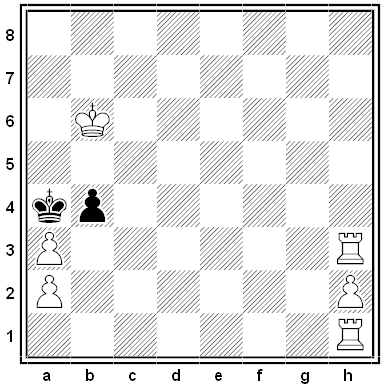Richard Feynman was so struck by this fact that he remembered ever afterward where he had learned it — from his childhood friend Morrie Jacobs as the two stood in Morrie’s father’s leather shop in Far Rockaway, Queens.
Tempting Fate
What remained of the Tenth [Massachusetts] departed from City Point, on the James River, on June 21 [1864], for the return to Springfield and Northampton. But before leaving Virginia, on June 20, Sgt. Maj. George F. Polley, who was originally in Brewster’s company and had just reenlisted, carved his name and the inscription ‘Killed June –, 1864’ on a piece of board torn from a cracker box. After participating in the ‘goodbye’ rituals with his comrades and sharing an awkward amusement with them about his carving, Polley was struck flush by an artillery shell and killed. In his diary, brigade member Elisha Hunt Rhodes recorded this incident in his matter-of-fact style. Polley ‘showed me a board on which he had carved his name, date of birth and had left a place for the date of his death,’ reported Rhodes. ‘I asked him if he expected to be killed and he said no, and that he had made his head board only for fun. To day he was killed by a shell from a Rebel Battery.’ The last act of the Tenth before boarding the mailboat for Washington, D.C., was to bury Polley.
— David W. Blight, When This Cruel War Is Over, 2009
Area Matters
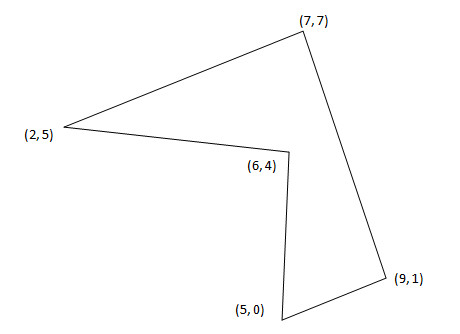
If you know the vertices of a polygon, here’s an interesting way to find its area:
- Arrange the vertices in a vertical list, repeating the first vertex at the end (see below).
- Multiply diagonally downward both ways as shown.
- Add the products on each side.
- Find the difference of these sums.
- Halve that difference to get the area.
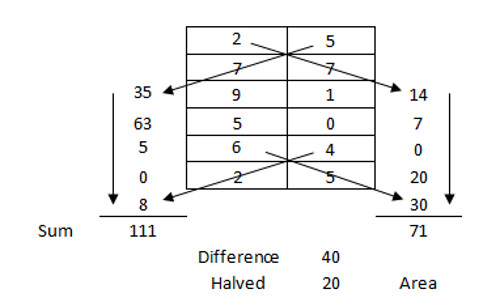
This works for any polygon, no matter the number of points, so long as it doesn’t intersect itself. It’s a slight restatement of the shoelace formula.
(Thanks, Derek, Dan, and Kyle.)
The Vowel Triangle
Chris McManus discovered this oddity. If W and Y are accepted as vowels, that gives us AEIOUWY. Starting with O, number these according to their positions on a circular alphabet without starting the count over for A (that is, O is the 15th letter of the alphabet, so it’s assigned number 15; beyond Z we’d reach A as the “27th” letter; and so on). Now write these numbers into a triangle, again starting with O:
O 15 U W Y 21 23 25 A E I 27 31 35
Each of the five lines in the figure gives a different arithmetic progression:
UWY: difference of 2
AEI: difference of 4
OUA: difference of 6
OWE: difference of 8
OYI: difference of 10
(David Morice, “Kickshaws,” Word Ways 34:4 [November 2001], 292-305.)
Podcast Episode 232: The Indomitable Spirit of Douglas Bader
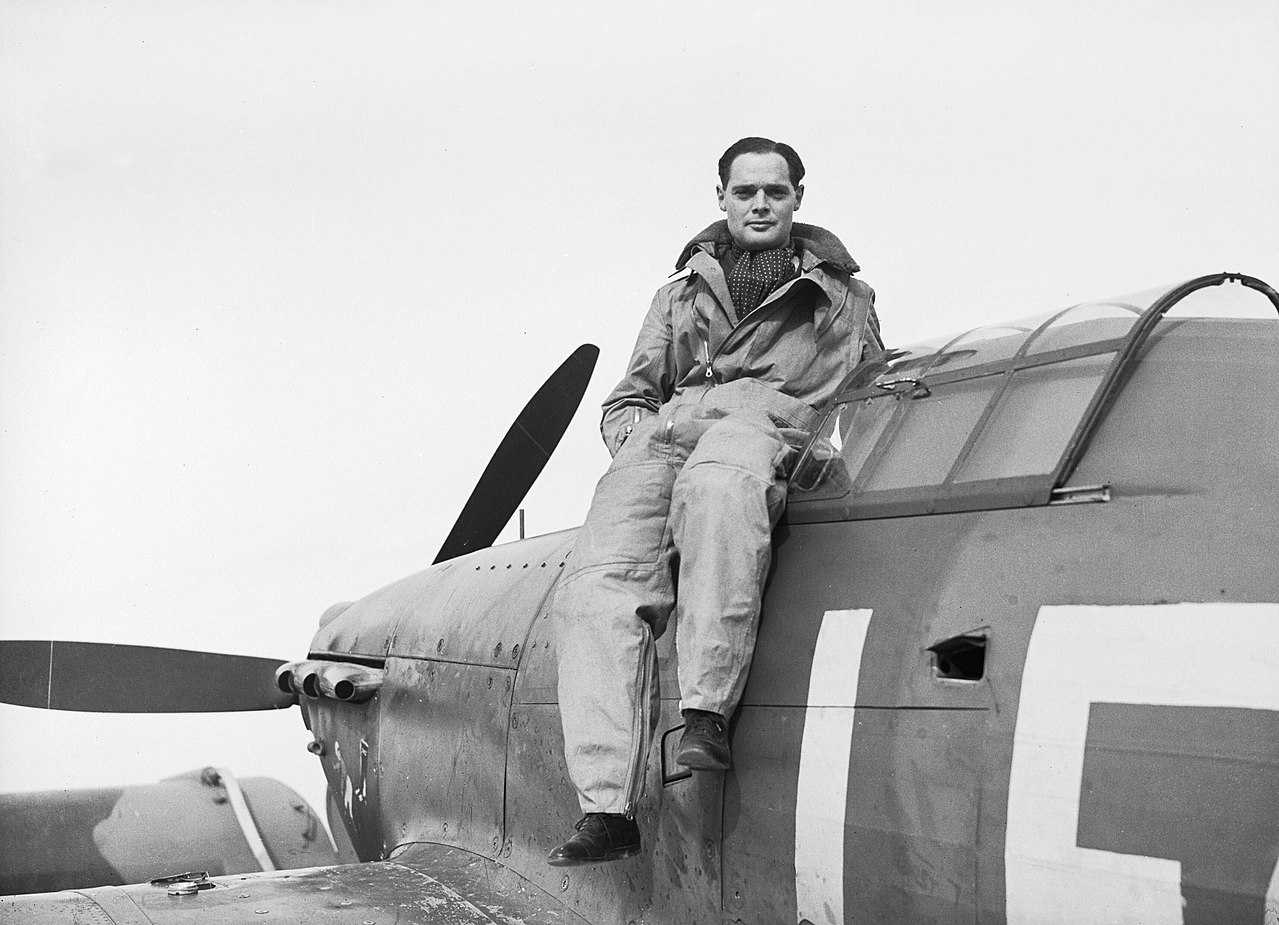
Douglas Bader was beginning a promising career as a British fighter pilot when he lost both legs in a crash. But that didn’t stop him — he learned to use artificial legs and went on to become a top flying ace in World War II. In this week’s episode of the Futility Closet podcast we’ll review Bader’s inspiring story and the personal philosophy underlay it.
We’ll also revisit the year 536 and puzzle over the fate of a suitcase.
The Kiss at City Hall
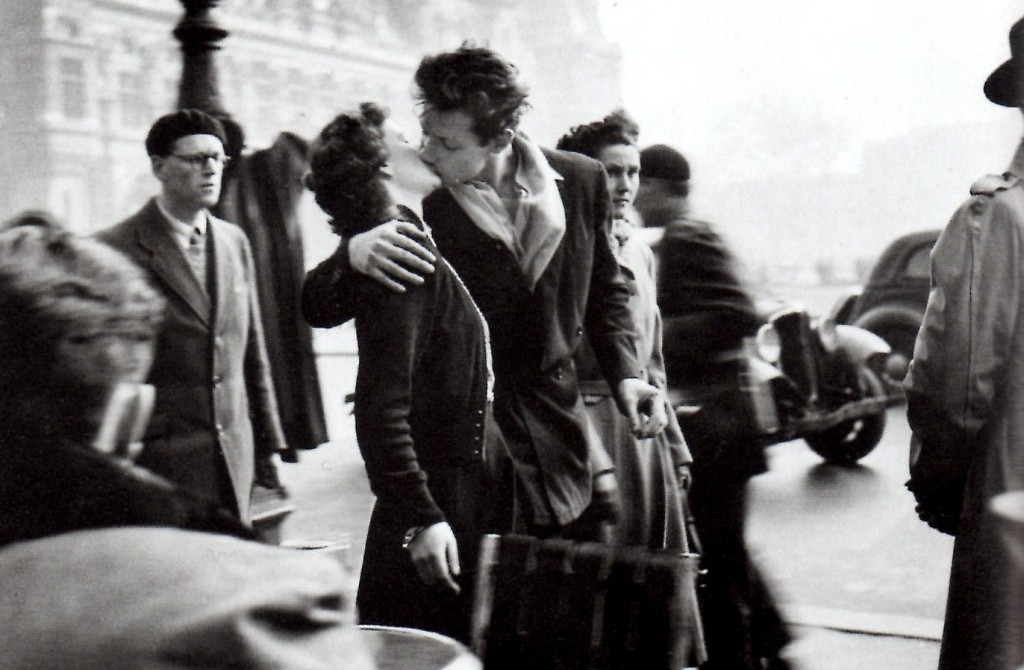
Robert Doisneau’s iconic photograph of young love in Paris sold thousands of posters, but the identity of the couple remained a mystery for decades. In 1988 Jean-Louis and Denise Lavergne saw it on a magazine cover and thought they recognized themselves: They’d been on the rue de Rivoli on April 1, 1950, and had a diary to prove it, and Lavergne still had the skirt and jacket she’d worn that day. They contacted Doisneau, who greeted them warmly but did not offer to share any of the five-figure income he’d been making each year from the poster.
When they sued him, he revealed that he’d posed the shot using Françoise Delbart and Jacques Carteaud, a couple he’d seen kissing in the street but had not dared at first to photograph. Finally he’d approached them and asked them to repeat the kiss. Delbart said, “He told us we were charming, and asked if we could kiss again for the camera. We didn’t mind. We were used to kissing.”
A thousand bubbles burst, the Lavergnes lost their suit, and Delbart eventually sold the print Doisneau had given her to feign a spontaneous kiss. She didn’t share the proceeds with Carteaud — they’d broken up nine months after the photo was taken.
Fortuitous Numbers
In American usage, 84,672 is said EIGHTY FOUR THOUSAND SIX HUNDRED SEVENTY TWO. Count the letters in each of those words, multiply the counts, and you get 6 × 4 × 8 × 3 × 7 × 7 × 3 = 84,672.
Brandeis University mathematician Michael Kleber calls such a number fortuitous. The next few are 1,852,200, 829,785,600, 20,910,597,120, and 92,215,733,299,200.
If you normally say “and” after “hundred” when speaking number names, then the first few fortuitous numbers are 333,396,000 (THREE HUNDRED AND THIRTY THREE MILLION, THREE HUNDRED AND NINETY SIX THOUSAND), 23,337,720,000, 19,516,557,312,000, 56,458,612,224,000, and 98,802,571,392,000.
And 54 works in both French and Russian.
(Michael Kleber, “Four, Twenty-Four, … ?,” Mathematical Intelligencer 24:2 [March 2002], 13-14.)
Unquote
“Abstinence from doing is often as generous as doing, but it is not so apparent.” — Montaigne
Subscriber Trouble
A letter to the New York Times Book Review, March 22, 1998:
To the Editor:
I read the review of Nathan Miller’s ‘Star-Spangled Men’ (Feb. 22) by Douglas McGrath, who challenged the reader to produce a sentence with three prepositions in a row, after I had picked my copy of The New York Times up from under the front porch, thankful that I didn’t have to get it down from above the porch roof, and at the same time, knowing that the delivery boy usually threw it to within a foot of the door, leaving me a quick way back in out of the cold each morning, I decided not to yell at him, especially since an argument was not something I wanted to get into outside of the house at this time of the morning, but still thinking that this was a matter that should be taken up from inside of the house by writing a letter to the editor, being careful not to use up to over three or four prepositions in a row in any sentence.
George F. Werner
Edgewood, N.M.

